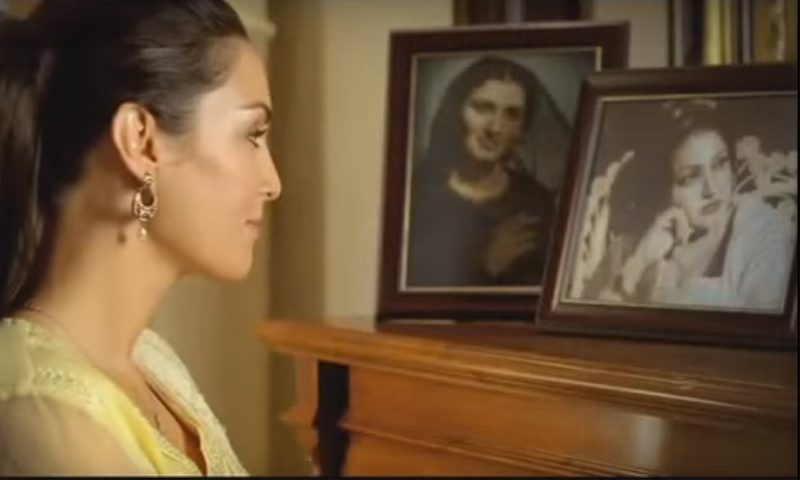Sepia is the new black – why nostalgia works
Star Wars. Avengers. X-Men. Ai Khuda Mere Abbu Salamat Rahein. Monochrome/flip phone in Adele’s “Hello”. The Beatles streaming. Retro gaming. Go Set a Watchman. Past, brought to life, and doing a roaring business.
We live in a nostalgic age and thanks to technology enabling both the real time archiving of and the presenting of past decades through new media, we have roughly 150 years of scientific progress, books, poetry, music and art at our fingertips.
Thanks to the human weakness of remembering the past fondly, nostalgia makes one much more forgiving. In fact, many of us would give anything to not be in the present. Research conducted by Muehling and Sprott’ on the subject confirms that invoking nostalgia can influence consumer behaviour. This issue was also explored by Wing-Yee Cheung, Tim Wildschut, Constantine Sedikides, Erica Hepper, Jamie Arndt, and Ad Vingerhoets in their paper published in the Personality and Social Psychology Bulletin (November 2013), in which they suggest that nostalgia may make people more optimistic about the future.
In an instance of art imitating life, Star Wars: The Force Awakens has brought back a 70s version of the future into fashion. One that is bright, optimistic, grandiose and moral, giving fantasies such as Hunger Games, Divergent) has a solid counterpoint.
Flipping through our ads, one can see the nostalgia buttons being pushed. Somehow, the 80’s were all about being futuristic. The 90’s looked back to the 70s, the 2000’s to the 60’s, and now… you get the idea.
Lipton has been doing this for ages. They hired veteran actors, most notably Nayyar Sultana, as their face. They even resurrected the legendary Chai Chahye jingle a few years ago (with due apologies, the ad they made to go with it was slightly idiotic). Losing that ‘golden ages’ theme, these days their ads are as memorable as the tea made with their teabags. Here’s to the good ol’ times.
The tea wars have taken another nostalgic turn. Tapal advertised its intent to emulate the Cola Wars of the 1980s and conduct blind taste tests to prove its superiority. I stared, jaw on the floor, as Lipton, with uncharacteristic speed, aired a well-shot counter to the campaign.
Habib Banaspati took on Sonia Jehan and tried to convince us that her legendary grandmother personally cooked parathas for her. Too bad the aata proved to be far more malleable than our imagination. See, stupidity doesn’t get better with age; today’s audiences can cut through the nonsense in a second, even when it is our own rose-tinted version of history.
Naz Pan Masala remains a master class. Every decade or so they shoot a new ad with the same (famous) jingle, but with a contemporary cast, and the final ad is a montage of their current as well as previous ads. I think this is genius, even if a little lazy.
Ufone, while celebrating their anniversary, ended up celebrating their past ads, which is understandable since their service has precious little to be proud of.
Molty Foam has for years been busy reminding housewives of their rukhsati, with the hilarious implication that babul (father of the bride) travels with the foam he then gives as dowry. It hits the triple home run of (1) being meaningless, (2) demeaning of women by portraying them as sobbing messes and (3) reinforcing the outdated practice of dowries. Well done.
Tarang is all about nostalgia for a film industry that, to these jaded eyes, was NEVER as good as it is made out to be. Nevertheless their catchy jingles, elaborate sets and fresh looking cast of past and present movie greats is a treat for the eyes and ears.
Take cereal. I don’t have any data to back this up, but based on personal observation, young parents today prefer to give their children a lighter version of whatever they are eating, rather than artificial concoctions (could that be the reason for the Anaaj ka Nashta line adopted by Kellogg’s?). In apparent desperation, they are using well known lullabies from the 50s and the 60s in their ads (Chanda Mama Door Ke, chanda hay tu). This is clearly ploy to pull in parents as kids understandably are not likely to eat something that tastes like mashed cardboard, even if is accompanied by songs sung to them by their grandparents.
However, as the saying goes, you can’t make a silk purse out of a sow’s ear. No amount of nostalgia can make a client forgive flawed logic or a substandard product. In fact, as I cited in two examples above, nostalgia can be a big turn-off for an educated consumer who puts logic first. Sometimes it can betray desperation on the part of the brand. There is a fine line between being “fashionably retro” and “jarringly out of sync with the times”. If you don’t believe me, do remember the spectacular failures that were the Star Wars prequels, or the endless Spider-Man re-re-re-boots.

Comments (4) Closed